The commercial grape extract Nor-grape 80 can promote growth and antioxidant capacity and also lower feed cost by replacing vitamin E
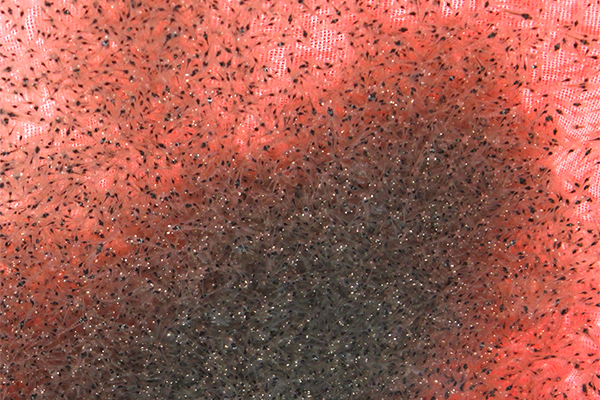
The effect of shrimp diets supplemented with phytochemicals – the bioactive components derived from plants and plant-based beverages, such as fruit, vegetables, grains, nuts, seeds, tea and wine – has not yet been fully explored. Many of these phytogenics (a group of natural growth promoters or non-antibiotic growth promoters used as feed additives, derived from herbs, spices or other plants), which are classified as alkaloids, flavonoids, terpenoids, polyphenols, essential oils and pigments, have been exploited as feed additives in order to improve the growth performance of fish.
Grapes, rich in polyphenols, are characterized as having antioxidant, antimicrobial, anti-inflammatory and anti-carcinogenic properties. The most abundant phenolic components of grapes are present in their seeds. Grape polyphenols improve nutrient absorption and biological growth in terrestrial animals. With aquatic animals, grape seeds and pomace extracts have been used as dietary additives to improve the growth of Nile tilapia and of Pacific white shrimp (Litopenaeus vannamei).
For most animals, although dietary grape extract has been known to improve their growth performance and in vivo antioxidant capacity, there also seem to be adverse effects on the growth performance, related to protein and amino acid digestibility, if the dietary grape products are provided at a level higher than their optimal requirements.
Previous research has shown that diets for L. vannamei shrimp fed diets containing 150 and 200 ppm Nor-grape 80 – a commercial grape extract that consists of 80 percent polyphenols – produced a significantly higher weight gain percentage than those fed diets containing less than 150 ppm of Nor-grape 80. But the optimal dietary concentration of Nor-grape 80 for L. vannamei shrimp, in terms of the growth performance and antioxidant capacity, has not yet been determined.
This article – summarized from the original publication (Chien, A. et al. 2023. Dietary grape extract can, at an appropriate level, improve the growth performance and antioxidant activity of the white shrimp Litopenaeus vannamei. Front. Mar. Sci., 16 March 2023, Volume 10 – 2023) – reports on a study that investigated suitable levels of this grape extract that will give the best growth performance for L. vannamei shrimp.
Study setup
Pacific white shrimp postlarvae (PL) were obtained from a local aquafarm in Pintung, Taiwan and then acclimatized in a 2,000-liter fiberglass tank at National Taiwan Ocean University for one week. At the beginning of the feeding trial, the shrimp were starved for 24 hours before they were randomly distributed into 15 glass aquaria, each stocked with 20 shrimp. Three replicate groups of shrimp were fed one of the five treatment diets three times a day; animals were fed 30 percent of their body weight daily until satiation for six weeks.
Five isonitrogenous (35 percent crude protein), isolipidic (9 percent crude lipid) and isoenergetic (300 Kcal per 100 grams) diets were formulated. The control diet contained 1000 ppm vitamin E, while the four other diets contained 250 (N250), 500 (N500), 750 (N750) and 1000 ppm (N1000) of Nor-grape 80, an extract of whole Vitis vinefera grapes that was provided by Kaye Bio-tech Co., Taiwan. Fishmeal was used as the protein source in these experimental diets.
At the end of the feeding trial, feed applications were stopped for 24 hours prior to weighing the animals. Each shrimp was sacrificed, individually weighed and carefully dissected. Muscle tissue samples were pooled, dried and homogenized for proximate analysis twice. In parallel, the hepatopancreas of each shrimp was collected to measure superoxide dismutase (SOD, an enzyme found in all living cells with a key antioxidant role) activity, and also the levels of thiobarbituric acid reactive substance (TBARS, a method to detect lipid oxidation).
For detailed information on the experimental design, animal husbandry and diet preparation, sample collection and analyses, refer to the original publication.
Dietary passionfruit peel powder boosts Nile tilapia immunity
Results and discussion
We observed positive and negative effects of dietary grape extract in relation to the growth performance of the L. vannamei shrimp. In this study, the shrimp fed the diets supplemented with 250 and 500 ppm Nor-grape 80 showed an equivalent best growth performance, and a decrease in growth performance was observed among the shrimp fed diets containing 750 and 1,000 ppm of Nor-grape 80.
Other researchers have reported that Nile tilapia and L. vannamei shrimp fed diets supplemented with grape by-products, depending on the dosage used, showed either an improved or a reduced growth performance. In tilapia, the weight gain increased as the diets contained increasing amounts (0, 200 and 400 ppm) of grape seed proanthocyanidins and this was followed by a decrease as the dietary grape seed proanthocyanidins were increased to 600 and 800 ppm. Similarly, L. vannamei shrimp fed a diet containing 2.5 x 104 ppm grape bagasse had the highest growth parameters, while shrimp fed a diet containing the highest 1.5 x 105 ppm grape bagasse showed the lowest growth performance.
Although grape polyphenols, when included in diets at a lower dose, have previously been described as benefiting the growth performance of a wide range of animals, it is also obvious that there are detrimental effects on the growth performance of animals fed diets containing high levels of grape by-products. This could be due to an increase in the antinutritional factors present in grapes – such as alkaloids, saponins and tannins – as well as intensified grape polyphenol-protein interactions that are likely to reduce the nutritional value of the protein present in the feed. As a result, we suggested that the dietary level of Nor-grape 80 fed to 0.02-gram shrimp should not be greater than 500 ppm in order to prevent the above adverse effects on the shrimp growth performance.
Researchers have reported that several phenolic components in grape extract are known to possess antibacterial activity that can alter the intestinal microbiota, as well as being able to attenuate intestinal inflammation and promote growth. Taking their findings and ours together, our investigation suggests that grape polyphenols improve health and nutrient absorption by directly affecting the digestive tracts of animals and can thus enhance the growth performance of several terrestrial and some aquatic species, including L. vannamei shrimp.
Previously, L. vannamei shrimp fed the diets containing 50 to 200 ppm of Nor-grape 80 were shown to exhibit an increase in superoxide dismutase, SOD, activity and a decrease in thiobarbituric acid reactive substance, TBARS, levels. In the present study, the in vivo antioxidant capacity of the hepatopancreas of L. vannamei shrimp fed diets containing 250 to 1,000 ppm of Nor-grape 80 also showed trends involving a decrease in SOD activity and an increase in TBARS levels as the level of Nor-grape 80 increased. It is likely that animals fed diets containing grape extract have an optimal level of such supplementation and going above this optimal level will result in both a reduced growth performance and a detrimental effect on in vivo antioxidant capacity.
Feed manufacturers have used vitamin E as an antioxidant in aquafeeds for many decades. In terms of highest weight gain, optimal SOD activity and lowest TBARS levels, the findings of the present study indicated that 250 ppm of Nor-grape 80 is more suitable than 1,000 ppm of vitamin E when producing an aquafeed for L. vannamei shrimp. In our study, the weight gain of the shrimp fed a diet supplemented with 250 ppm Nor-grape 80 was almost 2.5 times higher than that of shrimp fed a diet containing 1,000 ppm of vitamin E.
As a powerful antioxidant, the grape extract Nor-grape 80, at an optimal level, is not only able to promote the growth performance and in vivo antioxidant capacity of L. vannamei shrimp postlarvae but using this grape extract will also lower the dietary cost of feeding shrimp in an aquaculture system. We estimate that if 1,000 ppm of vitamin E is completely replaced with a minimum of 250 ppm of the commercial grape extract, which allows L. vannamei shrimp to reach their highest yield, the dietary cost of the aquafeed would be reduced by about U.S. $27.50 per ton.
Perspectives
Based on our results, the optimal dietary level of Nor-grape 80 for L. vannamei shrimp postlarvae that will support maximum growth performance appears to be in the range between 250 and 500 ppm. Further large feeding trials of L. vannamei shrimp are needed to pinpoint exactly the optimal dietary level of Nor-grape 80 that gives the best weight gain. This would need to include a cost-benefit analysis and the optimal diet might change depending on the market price of the grape extract, the total feed needed to reach a marketable size for L. vannamei shrimp, and the price the shrimp can be sold for.
Now that you've reached the end of the article ...
… please consider supporting GSA’s mission to advance responsible seafood practices through education, advocacy and third-party assurances. The Advocate aims to document the evolution of responsible seafood practices and share the expansive knowledge of our vast network of contributors.
By becoming a Global Seafood Alliance member, you’re ensuring that all of the pre-competitive work we do through member benefits, resources and events can continue. Individual membership costs just $50 a year.
Not a GSA member? Join us.
Author
-
Dr. Angela Chien
Corresponding author
Department of Aquaculture, National Taiwan Ocean University, Keelung, Taiwan[109,111,99,46,108,105,97,109,103,64,49,50,50,49,110,101,105,104,99,97,108,101,103,110,97]
Tagged With
Related Posts
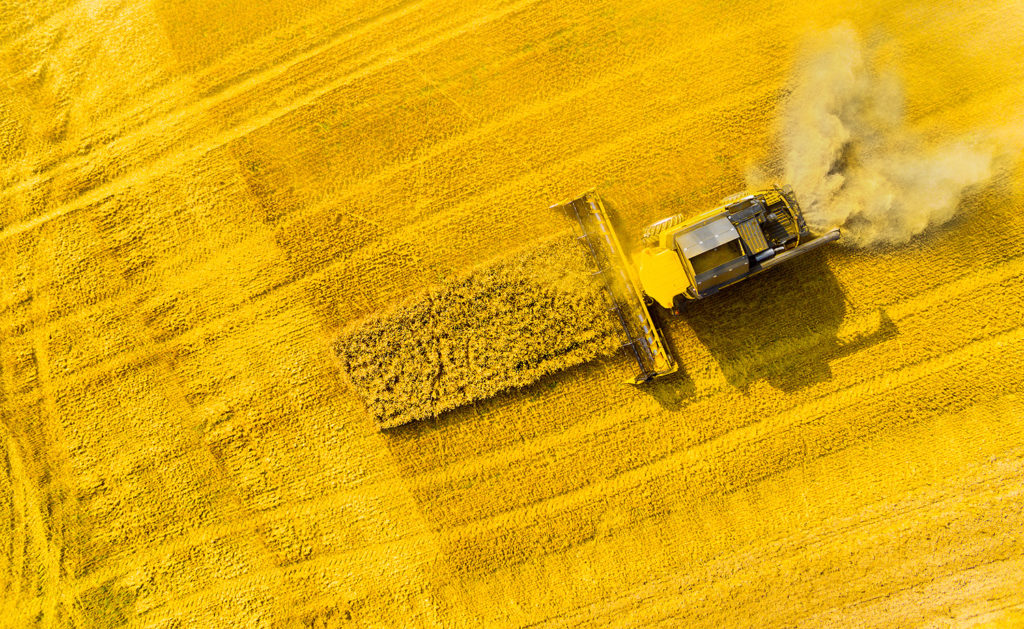
Aquafeeds
A push for rapeseed as a viable aquafeed ingredient
One Germany-based company says rapeseed protein concentrate, or RPC, can help aquafeed manufacturers meet growing demand.
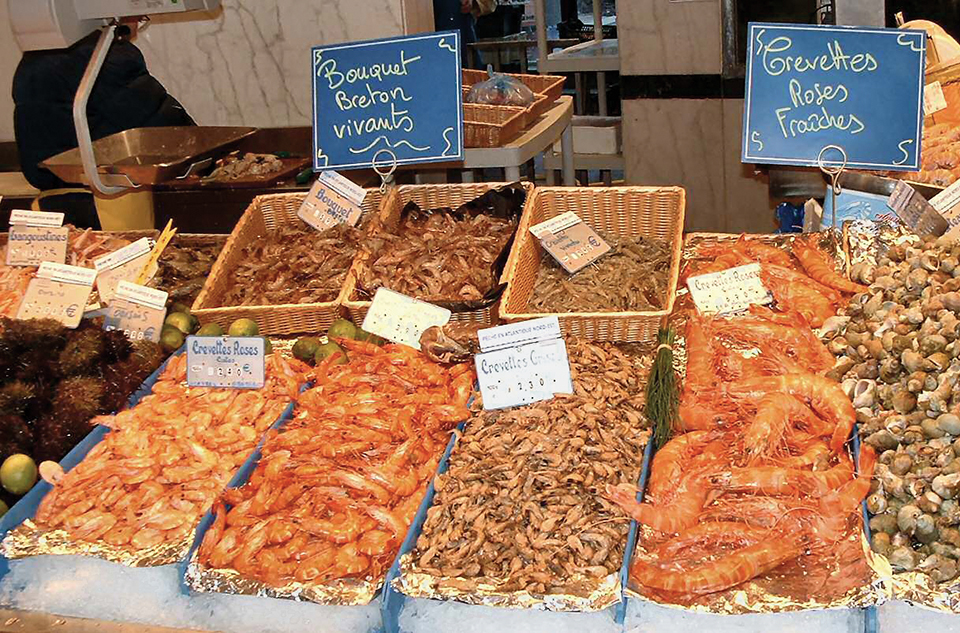
Health & Welfare
Alfalfa concentrate: natural shrimp color enhancer
Adding alfalfa concentrate containing natural carotenoids and pigments to the finishing diets of shrimp can enhance coloration of shrimp after cooking.
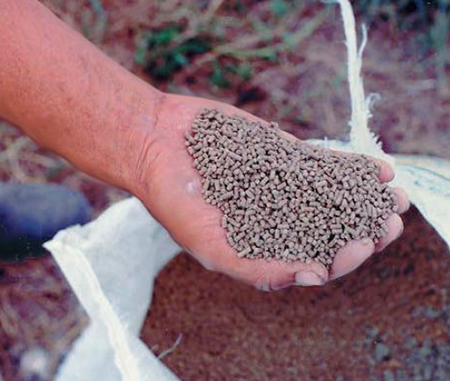
Aquafeeds
Antinutritional factors limit use of plant feedstuffs
Antinutritional factors within plant feedstuffs is a major factor that limits plant use at high dietary inclusion levels in aquafeeds.
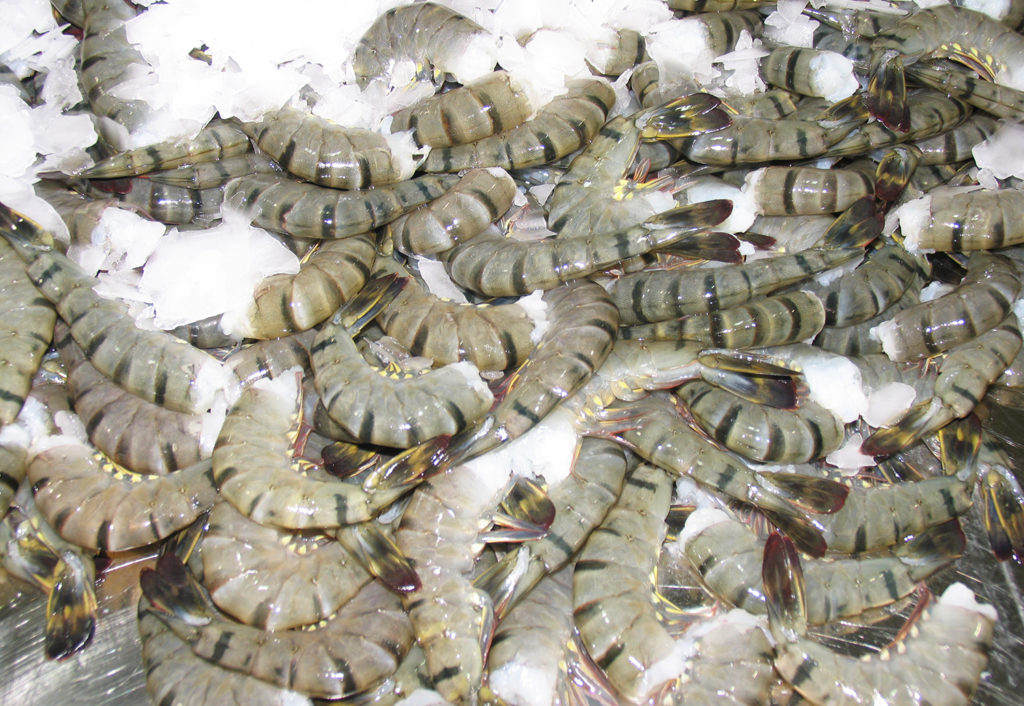
Intelligence
Effects of red seaweed extracts on shelf life of black tiger shrimp
This study evaluated red seaweed extracts for antioxidant properties and ability to extend the shelf life of black tiger shrimp during storage for 14 days.



